This question has been (not fully) addressed in other posts such as PayPal Orders API schema. The API seems to indicate that multiple purchase_items can exist in an order, which act as 'contracts' between payer and sellor. The docs also seem indicate a procession like this: [purchase_items][purchase_item_request][items][item]. I have looked at the example on the API page, and altered it to include three items, and it worked, BUT it makes three charges against the credit card, where it should be just one charge for the total. So this works ... sorta.
So I tried this to see if I could get Paypal to only make one charge:
And, Trying to follow the documentation, I went with the following:
The last attempt produces an error like the others the purchase_units section is mal-formed, which is partially seen in this graphic:
Now the error message includes a handy link to read about the error:
"href": "https://developer.paypal.com/docs/api/orders/v2/#error-MALFORMED_REQUEST_JSON"
But this just sends you, or changes to https://developer.paypal.com/api/orders/v2/ which is where I have been reading and reading.
I think, I hope I am close with the last effort above, yet I have tried more than just the two example above.
Your suggestions would be welcome. This is Orders, v2, paypal api.
I am also using laravel with https://github.com/srmklive/laravel-paypal
I tried this as well. Did not work. HELP!




